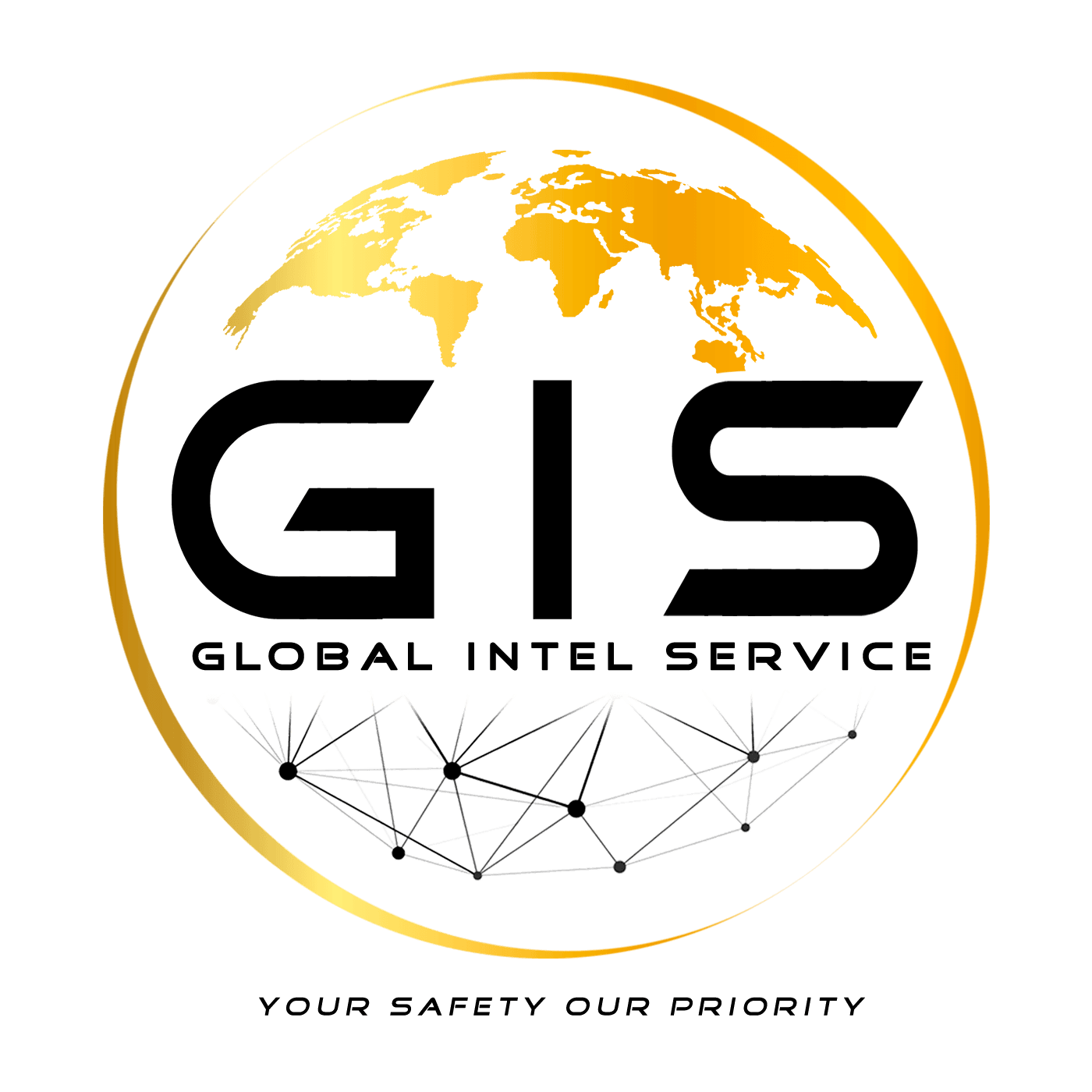Essential Physical Security Measures for Comprehensive Protection
Understanding Physical Security
Physical security is the cornerstone of safeguarding any facility, whether it’s a corporate office, a retail store, or a residential property. It involves the use of various physical measures designed to protect personnel, data, and equipment from physical threats. The goal is to deter, detect, delay, and respond to unauthorized access or damage.
Implementing robust physical security measures is crucial for any organization, as it not only protects assets but also ensures the safety of employees and clients. Schools, hospitals, and businesses all require tailored strategies to address their unique vulnerabilities.
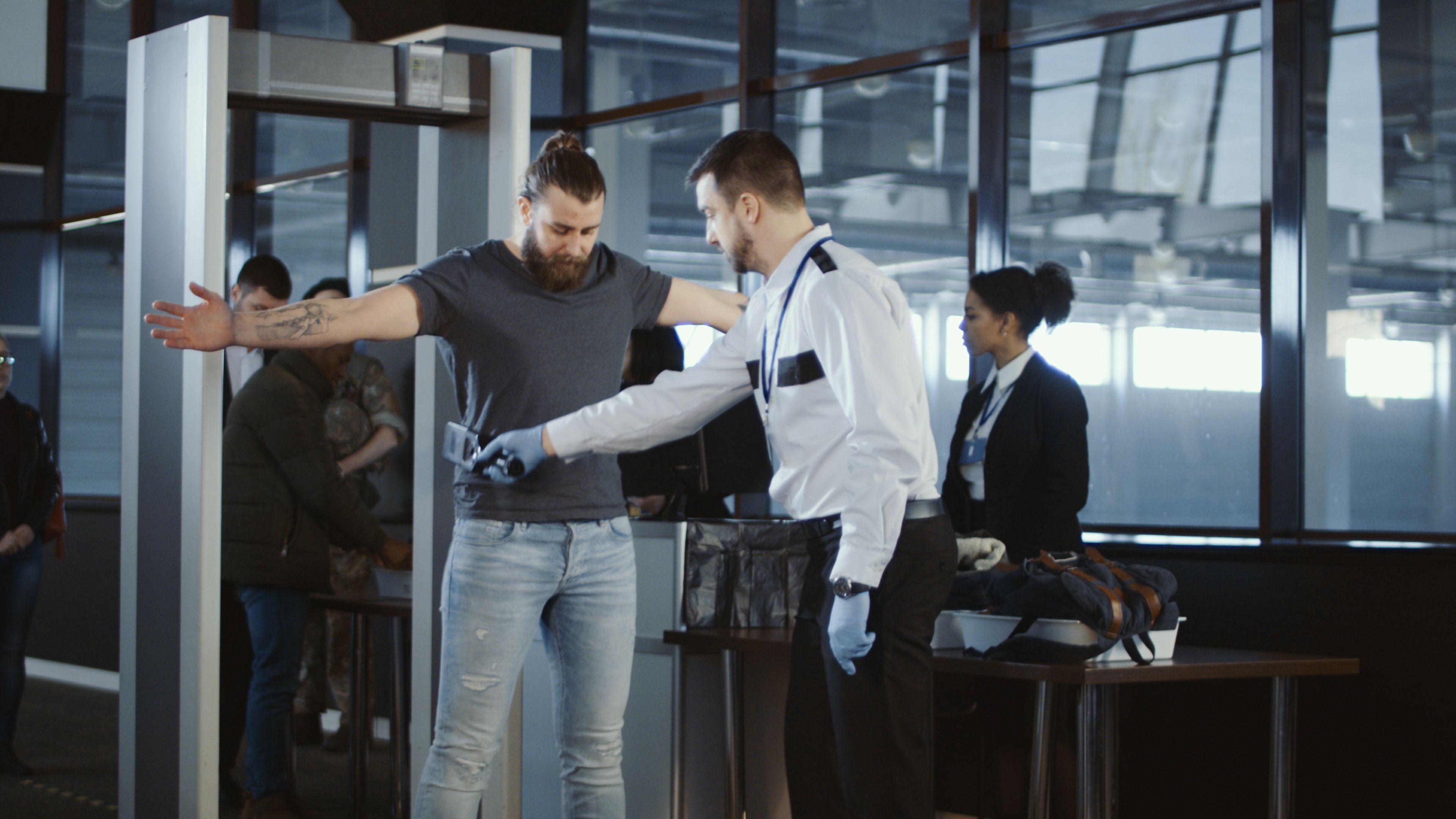
Access Control Systems
Access control systems are fundamental to any physical security plan. These systems regulate who can enter or exit different areas within a facility. Technologies such as key cards, biometric scanners, and PIN codes are popular methods for managing access. By implementing these, businesses can ensure that only authorized personnel have access to sensitive areas.
An effective access control system not only restricts unauthorized entry but also provides an audit trail of access events. This information can be invaluable for investigating incidents and improving security protocols.
Surveillance Cameras
Surveillance cameras are a critical component of physical security. They serve as both a deterrent to potential intruders and a tool for monitoring activities in real-time. With advancements in technology, modern surveillance systems offer features like high-definition video, night vision, and remote monitoring capabilities.
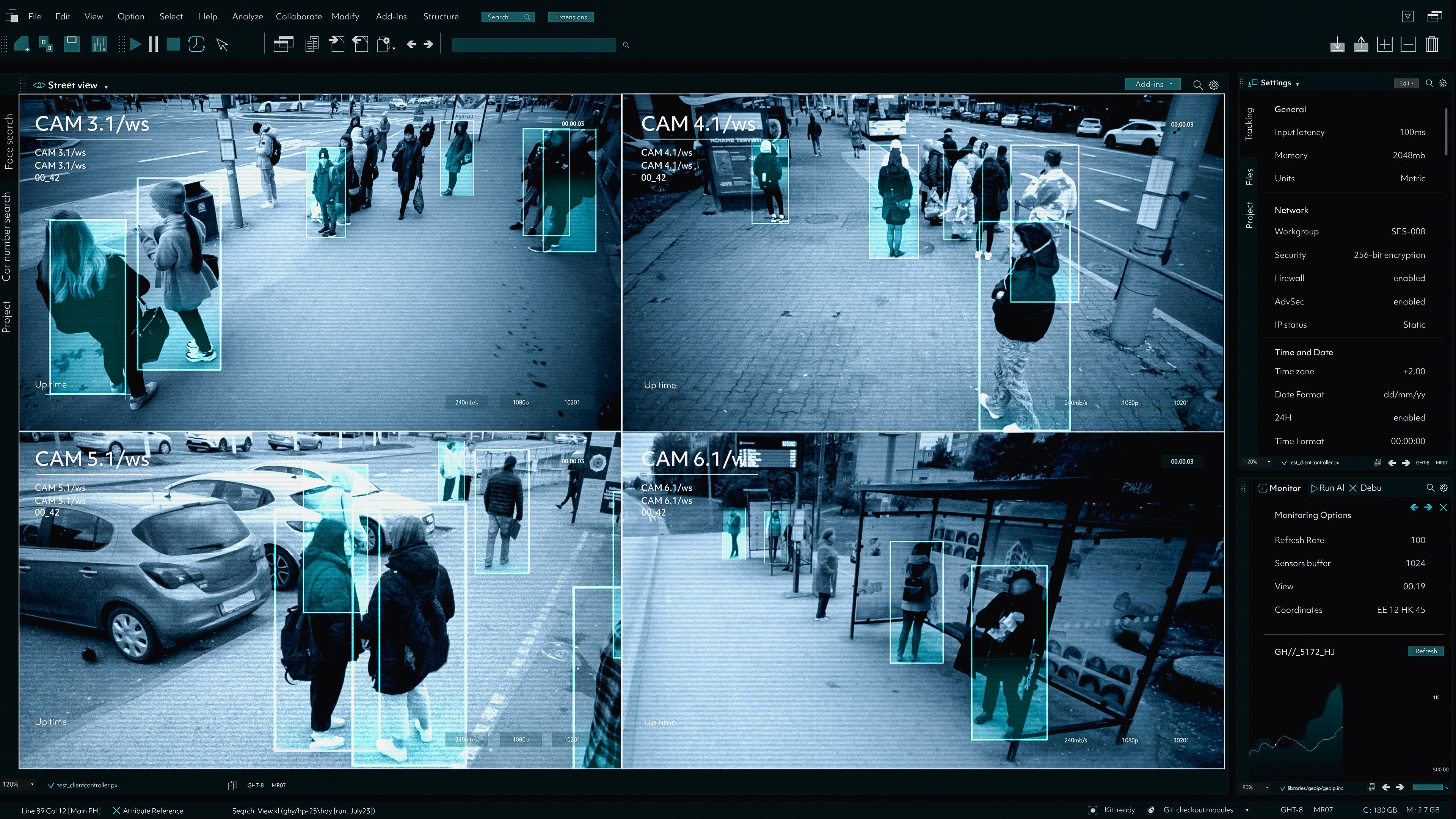
Strategically placing cameras around entry points, corridors, and high-risk areas can significantly enhance security coverage. Furthermore, integrating surveillance systems with other security measures like alarms and motion detectors can provide a comprehensive security solution.
Perimeter Security
The perimeter of a facility is the first line of defense against intrusions. Fencing, gates, and barriers are traditional methods of securing a perimeter. However, modern perimeter security often includes motion sensors, infrared detectors, and even drones for aerial surveillance.
Investing in perimeter security can help prevent unauthorized access before an intruder reaches the building itself. It is essential to regularly inspect and maintain these barriers to ensure their effectiveness over time.
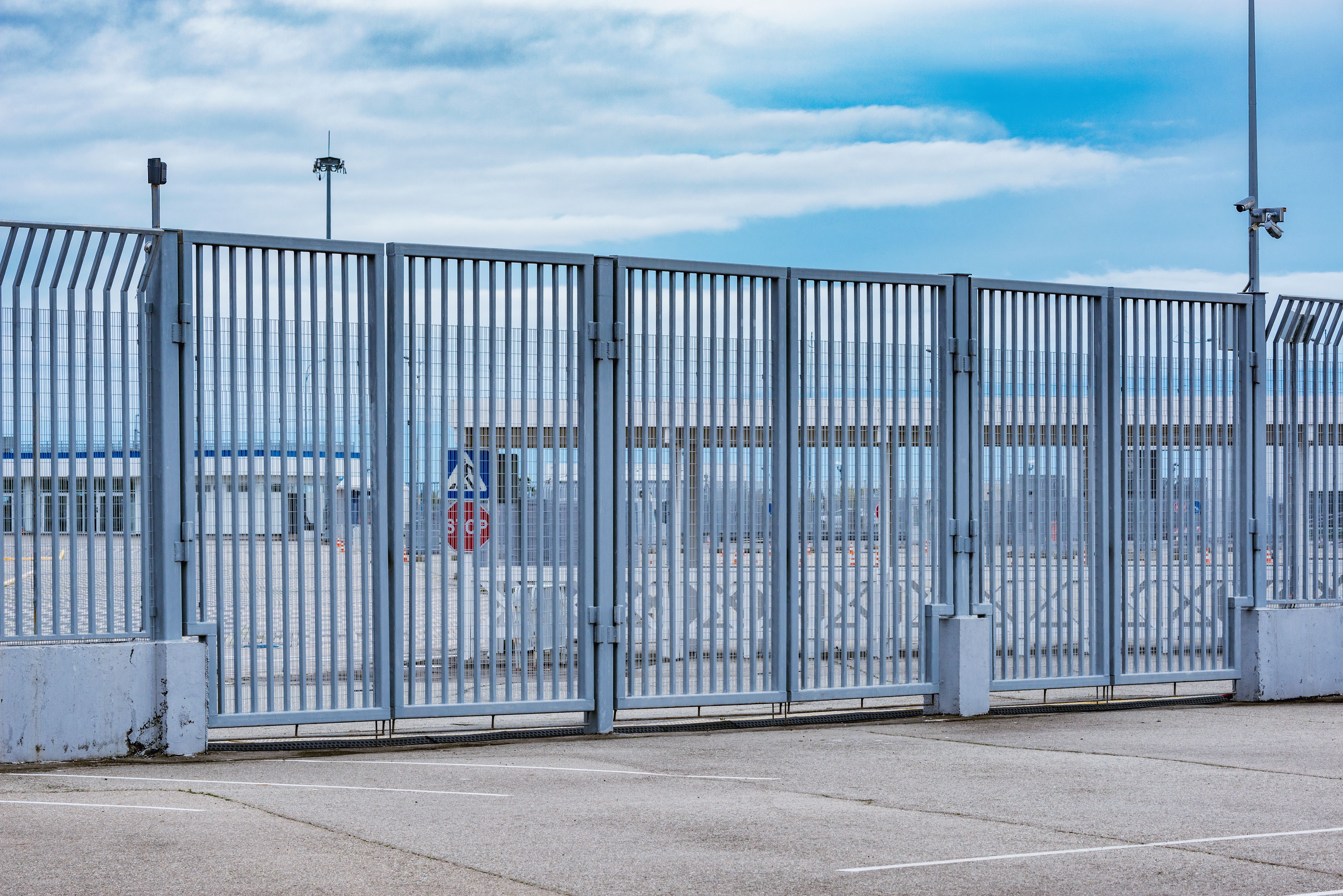
Security Personnel
While technology plays a significant role in physical security, the presence of trained security personnel cannot be underestimated. Security guards provide a human element that technology cannot replace. They are able to assess situations, respond to emergencies, and offer assistance to employees and visitors.
Having a visible security presence can also deter criminal activities and enhance the overall feeling of safety within the facility. Regular training and drills should be conducted to ensure that security personnel are prepared to handle various scenarios effectively.
Emergency Response Planning
An often-overlooked aspect of physical security is emergency response planning. Having a well-defined plan for different types of emergencies—such as fires, natural disasters, or active shooter scenarios—is crucial for minimizing risk and ensuring safety.
Organizations should conduct regular drills and update their emergency response plans periodically to adapt to new threats or changes in the facility layout. Communication systems like PA systems or mobile alerts can be pivotal in efficiently managing emergency situations.
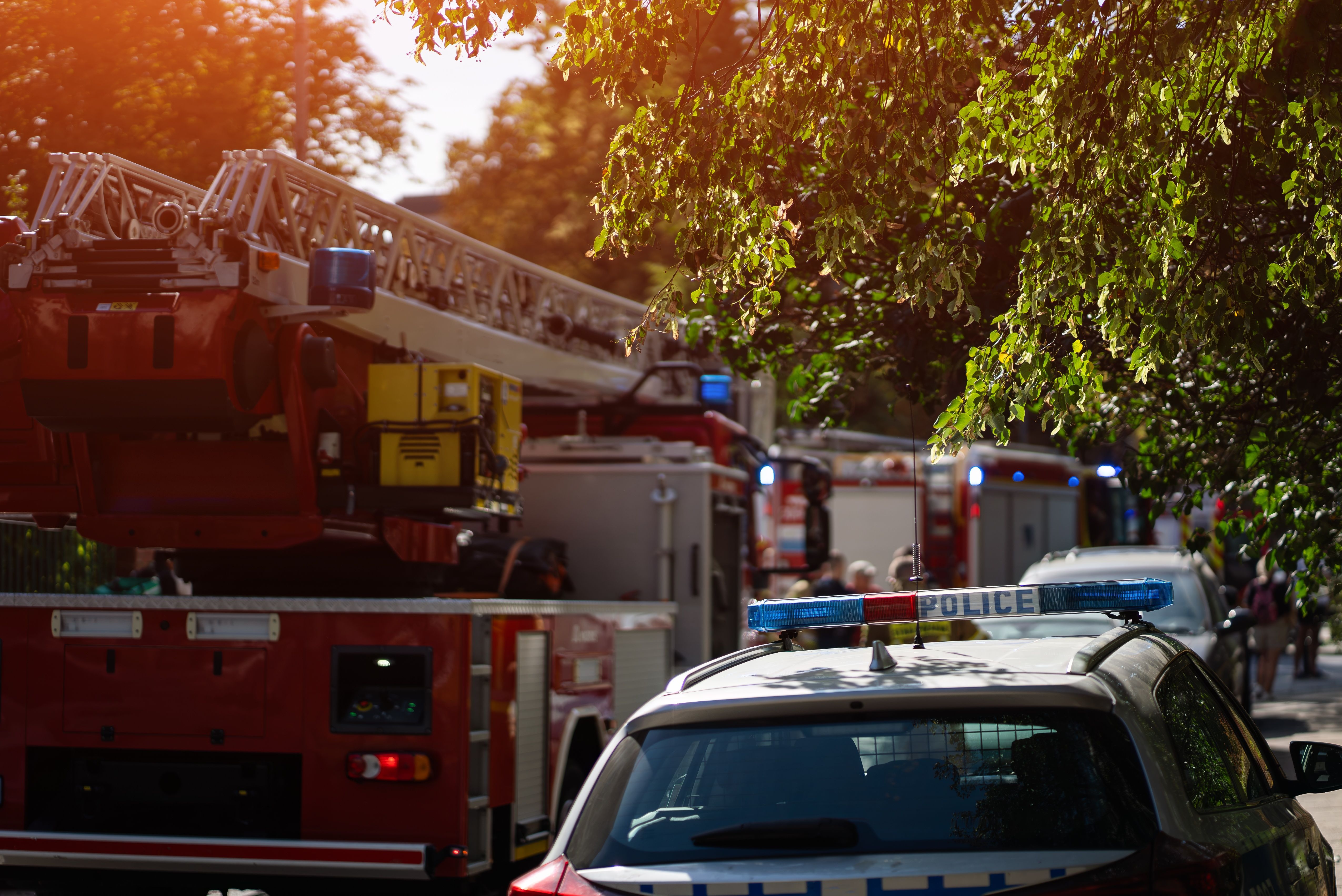
Conclusion
In conclusion, implementing comprehensive physical security measures is essential for protecting assets and ensuring safety. By combining technologies like access control systems and surveillance cameras with trained personnel and emergency response plans, organizations can create a robust security framework.
It is important to regularly assess and update these measures to adapt to evolving threats and maintain effective protection. Investing in physical security not only safeguards resources but also fosters trust and confidence among employees and clients.
